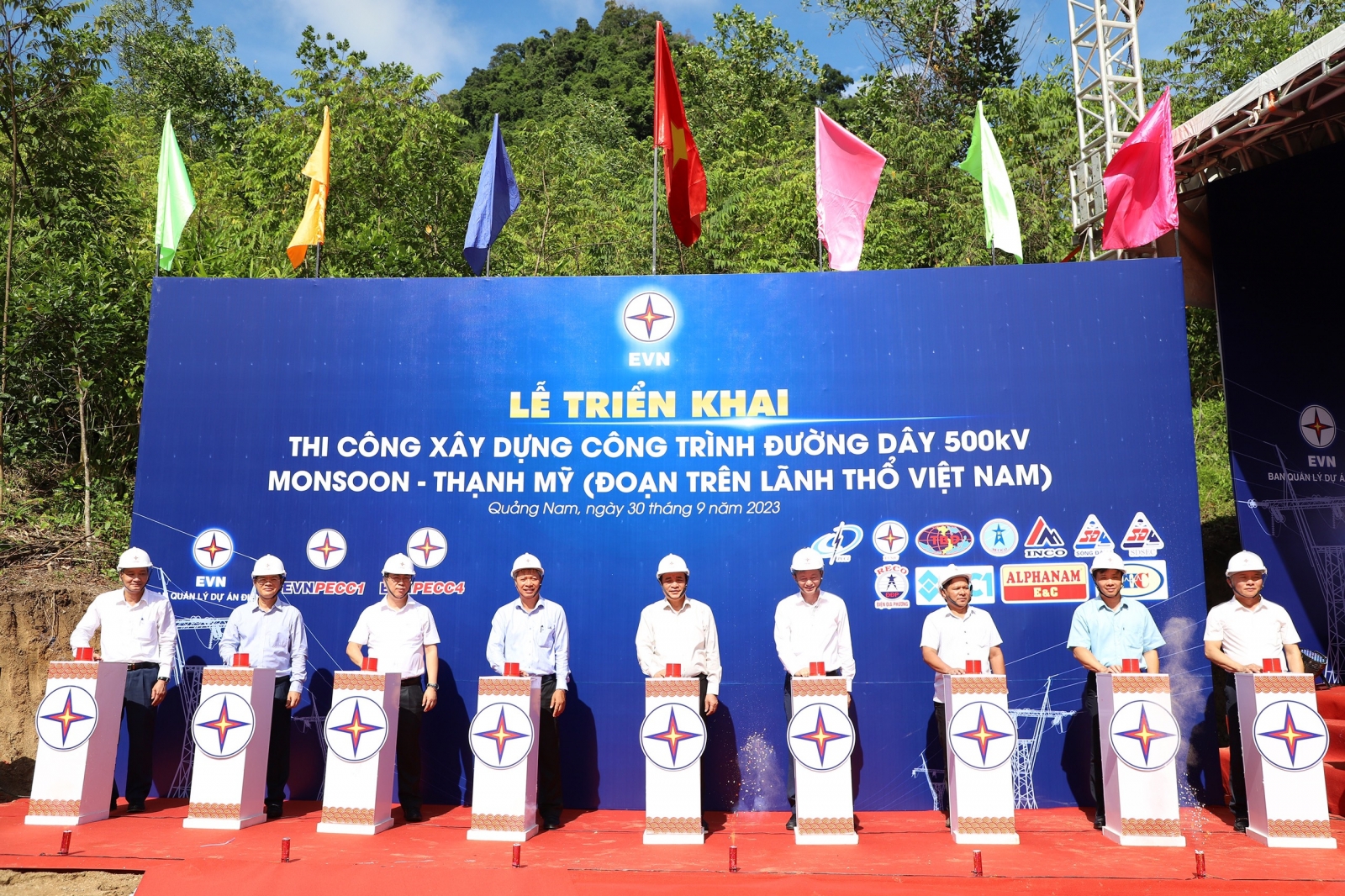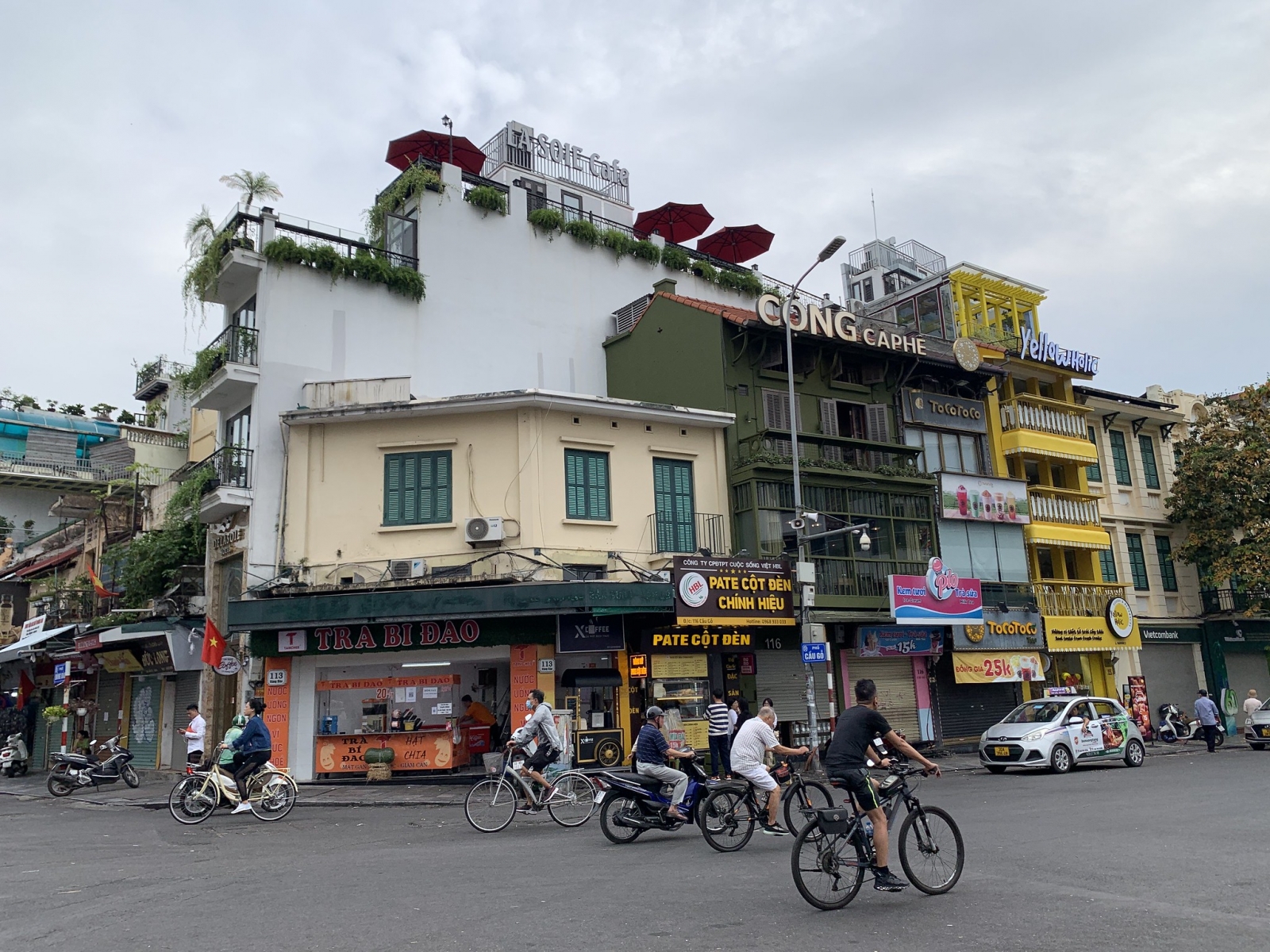Vietnam is pursuing electricity imports from neighboring countries in response to concerns about power shortage concerns for the near future. Vietnam Electricity (EVN) began the construction of the Monsoon - Thanh My 500kV transmission line project on Sep. 30, with a total investment of $45.26 million.

On September 30, EVN organized the construction launch of the Monsoon - Thanh My 500kV transmission line project.(Photo: EVN)
The line is projected to start operatiing by the end of 2024 and will transmit a maximum capacity of about 2,500 MW, contributing to the improvement of the national power system’s operating capacity through electricity imports from Laos.
Under the power purchase agreement (PPA), for the first phase, the line will receive electricity imported from Laos wind power with a capacity of 600 MW, and the expected average annual electricity output is about 1.7 billion kWh.
The state-owned power company had requested the Ministry of Industry and Trade to finalize a document on importing electricity from hydroelectric and wind power plants in Laos, including the Nam Mo hydroelectric plant cluster and the Houay Kaouan hydroelectric plant.
As of August, the group has signed 19 PPAs with investors to purchase electricity from 26 power plants in Laos to sell electricity to Vietnam, with a total capacity of 2,240 MW.
Negotiating the buy and sale of electricity from Laos is of great significance, according to EVN. With very few power sources expected by 2025, the power supply in the northern region may be challenging to maintain during the peak dry season. Electricity capacity may be short by 3,630 MW and output short of about 6.8 billion kWh in May-July 2025.
Therefore, EVN believes that adding imported electricity sources from Laos to the north will contribute to enhancing the ability to ensure electricity supply in the next couple of years.

Vietnam's rolling power cuts hit industrial parks in the country's northern provinces this year. (Photo: nakashi)
Apart from Laos, Vietnam has imported electricity from China for many years, also considered a long-term measure to ensure electricity supply. The country imports electricity from China mainly through the border gates at Ha Giang and Lao Cai provinces. But due to limitations on 220kV lines, increasing capacity to import electricity from China is impossible.
Vietnam’s energy expert Ha Dang Son said in a June conference that electricity shortages were warned of two years ago, especially for the north.
"There is a big risk to the power supply because the north has almost no new sources. Even the Thai Binh 2 thermal power plant took nearly 10 years to be successfully connected to the grid, and it also often encounters problems. Renewable energy in the north is simply more difficult to build than in the central or the south," he said.




